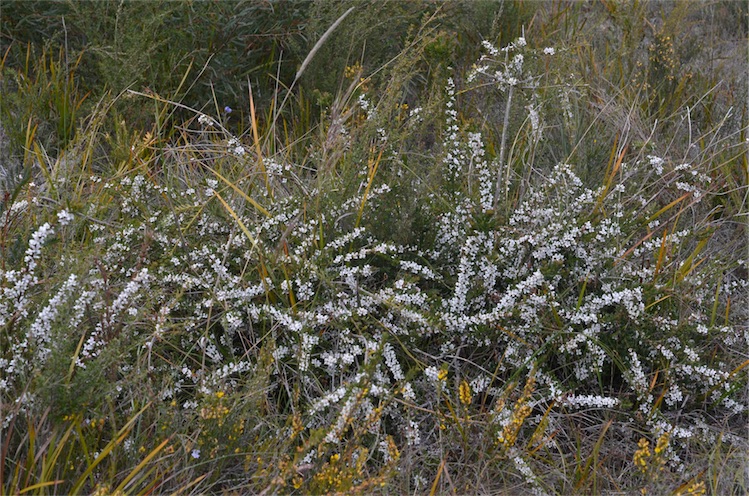Philotheca Virgata on:
[Wikipedia]
[Google]
[Amazon]
 ''Philotheca virgata'', commonly known as Tasmanian wax-flower, is a species of flowering plant in the family
''Philotheca virgata'', commonly known as Tasmanian wax-flower, is a species of flowering plant in the family
 ''Philotheca virgata'', commonly known as Tasmanian wax-flower, is a species of flowering plant in the family
''Philotheca virgata'', commonly known as Tasmanian wax-flower, is a species of flowering plant in the family Rutaceae
The Rutaceae () is a family (biology), family, commonly known as the rueRUTACEAE
in Bo ...
and is in Bo ...
endemic
Endemism is the state of a species being found only in a single defined geographic location, such as an island, state, nation, country or other defined zone; organisms that are indigenous to a place are not endemic to it if they are also foun ...
to south-eastern Australia. It is a slender, erect shrub with wedge-shaped to oblong leaves and white or pale pink flowers at the ends of branchlets. It is the only philotheca with four sepal
A sepal () is a part of the flower of angiosperms (flowering plants). Usually green, sepals typically function as protection for the flower in bud, and often as support for the petals when in bloom., p. 106
Etymology
The term ''sepalum'' ...
s and petals.
Description
''Philotheca virgata'' is a slender, erect shrub that typically grows to a height of about and has prominently glandular warty branchlets. The leaves aresessile
Sessility, or sessile, may refer to:
* Sessility (motility), organisms which are not able to move about
* Sessility (botany), flowers or leaves that grow directly from the stem or peduncle of a plant
* Sessility (medicine), tumors and polyps that ...
, narrow wedge-shaped to egg-shaped with the narrower end towards the base, long and wide and glandular warty on the upper surface. The flowers are arranged singly on the end of branchlets on a thin pedicel
Pedicle or pedicel may refer to:
Human anatomy
*Pedicle of vertebral arch, the segment between the transverse process and the vertebral body, and is often used as a radiographic marker and entry point in vertebroplasty and kyphoplasty procedures
...
long. The four sepal
A sepal () is a part of the flower of angiosperms (flowering plants). Usually green, sepals typically function as protection for the flower in bud, and often as support for the petals when in bloom., p. 106
Etymology
The term ''sepalum'' ...
s are more or less round, fleshy and about long. The four petals are white or pale pink, broadly elliptic and about long and the eight stamen
The stamen (: stamina or stamens) is a part consisting of the male reproductive organs of a flower. Collectively, the stamens form the androecium., p. 10
Morphology and terminology
A stamen typically consists of a stalk called the filament ...
s are about long and hairy. Flowering occurs from May to December and the fruit is about long with a short beak.
Taxonomy
Tasmanian wax-flower was first formally described in 1840 byJoseph Dalton Hooker
Sir Joseph Dalton Hooker (30 June 1817 – 10 December 1911) was a British botanist and explorer in the 19th century. He was a founder of geographical botany and Charles Darwin's closest friend. For 20 years he served as director of the Ro ...
from an unpublished description by Allan Cunningham who gave it the name ''Erisotemon virgatus''. Hooker published the description in '' The Journal of Botany''. In 1998, Paul Wilson changed the name to ''Philotheca virgata'' in the journal ''Nuytsia
''Nuytsia floribunda'' is a hemiparasitic tree found in Western Australia. The species is known locally as moodjar and, more recently, the Christmas tree or Western Australian Christmas tree. The display of intensely bright flowers during the ...
''.
Distribution and habitat
''Philotheca virgata'' grows in heathland and forest in coastal areas of southern and western Tasmania, south of Eden in New South Wales and in the extreme north east of Victoria.References
{{Taxonbar, from=Q18075490 virgata Flora of Tasmania Flora of New South Wales Flora of Victoria (state) Plants described in 1840 Sapindales of Australia Taxa named by Joseph Dalton Hooker Taxa named by Allan Cunningham (botanist)